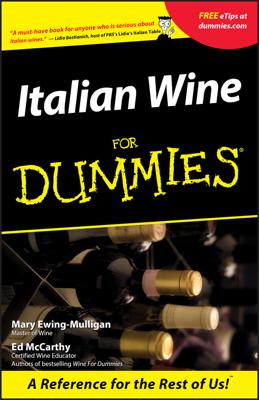South Africa began focusing on table wine production in the 1980s. At the end of the eighteenth century, South Africa was producing a fortified wine called Constantia, which became sought after in European royal courts. Today, South Africa ranks ninth in the world in wine production.
Large firms dominate South Africa’s wine industry:
Distell, South Africa’s largest winery, owns two groups of wineries that have been among the country’s largest wine companies — Stellenbosch Farmers’ Winery Group and the Bergkelder Group.
KWV, formerly a wine growers’ cooperative, is one of the country’s largest wineries.
South Africa’s principal wine regions
South Africa has some vineyard areas with cool microclimates, especially around the southern coast (near the Cape of Good Hope) and in higher altitudes, but the climate in most of its wine regions is warm and dry.
South Africa’s Wine of Origin legislation in 1973 created various wine regions, districts and wards. Almost all the country’s vineyards are near its southwestern coast, in Cape Province, within 90 miles of Cape Town, the country’s most fascinating and picturesque city.
The five major districts — mainly in the Coastal Region area — are:
Constantia: The oldest wine-producing area in the country (located south of Cape Town)
Stellenbosch: East of Cape Town; the most important wine district in quantity and quality
Paarl: North of Stellenbosch; home of the KWV and the famous, beautiful Nederburg Estate; the second-most important wine district
Franschhoek Valley: A subdistrict of Paarl; many innovative winemakers here
Robertson: East of Franschhoek, the only major district not in the Coastal Region; a hot, dry area, known mainly for its Chardonnays
The small, cool Hermanus/Walker Bay area, bordering the Indian Ocean, is also showing promise with Pinot Noir and Chardonnay, led by the innovative Hamilton Russell Winery. A newly added (11th) wine district, Elgin, is on the coast between Stellenbosch and Walker Bay. A cool area, Elgin shows promise for its intensely flavored Sauvignon Blancs and for Pinot Noirs. The latest area to show promise is Darling Hills, north of Cape Town, led by an up-and-coming winery, Groote Post.
Varietal wines in South Africa must contain at least 75 percent of the named grape variety; exported wines (complying with the stricter European Union regulations) must contain 85 percent of the named variety. About 35 percent of South Africa’s wines qualify as Wine of Origin (WO). Wine of Origin regulations are based on the French Appellation Contrôlée laws, and they strictly designate vineyards, allowable grape varieties, vintage-dating, and so on.
Steen, Pinotage, and other grape varieties
The most-planted grape variety in South Africa is Chenin Blanc, often locally called Steen. This versatile grape primarily makes medium-dry to semi-sweet wines, but also dry wines, sparkling wines, late harvest botrytis wines, and rosés.
Cabernet Sauvignon, Merlot, Shiraz, and Pinot Noir have become increasingly important red varieties, while Sauvignon Blanc and Chardonnay are popular white varieties. Cabernet Sauvignon and Sauvignon Blanc do particularly well in South Africa’s climate.
And then you have Pinotage. Uniquely South African, Pinotage is a grape born as a cross between Pinot Noir and Cinsaut (the same as Cinsault, the Rhône variety) back in 1925. However, Pinotage didn’t appear as a wine until 1959. Pinotage wine combines the cherry fruit of Pinot Noir with the earthiness of a Rhône wine. It can be a truly delicious, light- to medium-bodied red wine that makes for easy drinking, or a more powerful red.

